

Vodyanoy. V.
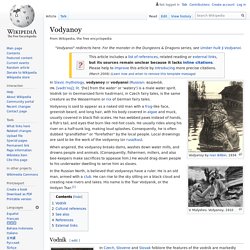
Malyshev. Vodyanoy, 1910 Vodyanoy is said to appear as a naked old man with a frog-like face, greenish beard, and long hair, with his body covered in algae and muck, usually covered in black fish scales. He has webbed paws instead of hands, a fish's tail, and eyes that burn like red-hot coals. Italian Folktales, Legends, Myths, Lores and Fairytales. The Armenian Wheel Of Eternity - Mythology - HyeForum. The Six Pointed Star of Armenia Filed under: Architecture, Art, Crafts, Culture, History, Religion, Science - March 7, 2012 Marble tombstone of the Armenian Grand Prince Hasan Jalal Vahtangian (1214-1261) A few months ago, I made a YouTube video about the history of the Armenian Wheel of Eternity.
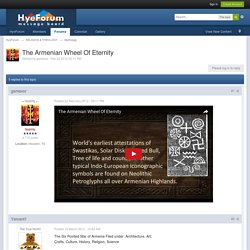
Zmaj and the Dragon Lore of Slavic Mythology. The dragon is one of the most well-known creatures in ancient mythology, and many cultures have this creature (or one of its related forms) in their folklore.
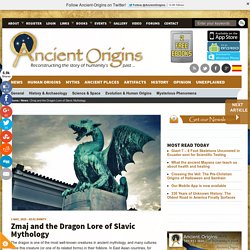
In East Asian countries, for instance, dragons are regarded as symbols of power, strength and good fortune. They are believed to be benevolent creatures that have power over bodies of water, rain and floods. Latvian mythology. The seasons, festivals and numerous deities of historic Latvian mythology reflected the essential agrarian nature of Latvian tribal life.

Much of its symbolism (an example is the pērkonkrusts or thunder cross) is ancient. These seasons and festivals are still celebrated today—for example, Jāņi is a national holiday.[1] History[edit] Slavic Mythology - the gods of Russia and Eastern Europe. Introduction A strange and wonderful range of fascinating deities ruling across most of Eastern Europe and Russia, from Poland and the Czech Republic to Belarus and the Ukraine.

From simple do-it-yourself Gods of Digging A Hole In The Ground to ones with three silver heads and a golden veil in a temple full of wealth, they cover a lot of ground. In Russian the word 'god' is 'bog', and we promise you will never regard bogs in the same way again. There are also a staggering number of legendary characters named 'Ivan'. Finnish mythology. Finnish mythology is the mythology that goes with Finnish paganism, of which a modern revival is practiced by a small percentage of the Finnish people.
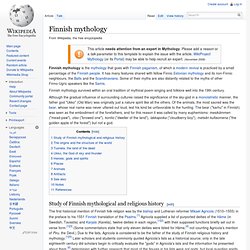
It has many features shared with fellow Finnic Estonian mythology and its non-Finnic neighbours, the Balts and the Scandinavians. Some of their myths are also distantly related to the myths of other Finno-Ugric speakers like the Samis. Finnish mythology survived within an oral tradition of mythical poem-singing and folklore well into the 19th century. Slavic mythology. Many generations of Slavic artists were inspired by their national folklore: Ilya Yefimovich Repin, Sadko in the Underwater Kingdom (1876) Slavic mythology is the mythological aspect of the polytheistic religion that was practised by the Slavs before Christianisation.
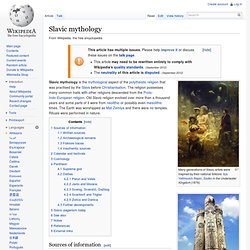
The religion possesses many common traits with other religions descended from the Proto-Indo-European religion.